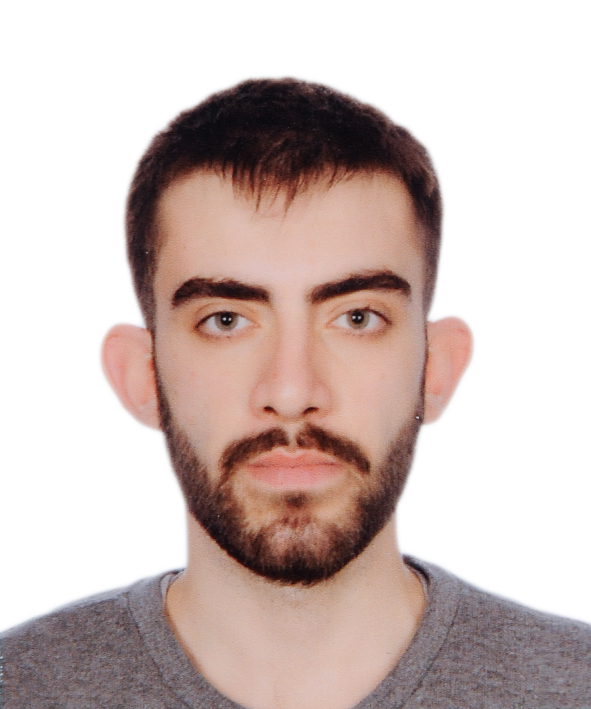PARS UAV TEAM
IEEE Istanbul University - Cerrahpasa
Pars
Let's get to know our fixed-wing vehicle, PARS, produced by the ATLAS Unmanned Aerial Vehicles Team this year. Our vehicle competed in the fixed wing category of the TEKNOFEST International Unmanned Aerial Vehicle Competition this year. Our vehicle is 3.1 kilograms. It has a wingspan of 1.56 meters. It can fly slowly at speeds up to 9m/s and can reach speeds of up to 24m/s. It has a communication range of 5 km. Thanks to this feature, our vehicle, which has high maneuverability, successfully completed the first mission in 47 seconds. We congratulate the PARS team, who contributed to the design of the vehicle and added day and night.
What is an UAV ?
The drone, known by everyone as the drone, is a type of aircraft that can be remotely controlled. It is the aircraft indirectly controlled by the pilot at long ranges through the wireless communication modules it contains. The purpose of use varies according to where it is used. For example; it can undertake tasks such as fire extinguishers, bomb disposal vehicles etc. The purpose of use in our country is mostly the field of defense industry. The aim of UAV in our school is to ensure the development of students in the project in the fields of communication, electronic-hardware and software, static and fluid mechanics. It is also one of the biggest projects our IEEE club has undertaken in order to carry on such projects and transfer the learned argen to the next generation of students. The goal is not only to increase technical knowledge, but also to contribute to the personal development of the students, to provide a network (engineers and other employees involved in jobs related to the project), to participate in social events and competitions that are organized in our home country and/or abroad, and to produce original projects. Due to the purpose of the project, we aim to produce the project originally by working day and night with our teammates, without copying the UAV internal and external systems made by students or citizens in our country. In this context, we aim to provide technical support for the project carried out by the teachers at our school or the network we provide. The project aims to fly the intended UAV in the desired way. Features such as image processing, full autonomous flight etc. will be added with the R&D studies that will be carried out later. In other words, as it is understood from here, this is not just a year-long project that appeals to a small community, but a comprehensive system to work on for many years.
Experienced & Professional Team

Ege Alp Kamoy
Mechanics Team Leader

Ahmet Kürşat Tecer
Mechanics Department Member

Berkin Güven
Mechanics Department Member

Berkay Erol
Electronics Department Member

Yunus Emre Ateş
Electronics Department Member

Muhammet Eren Eygi
Software Department Member


